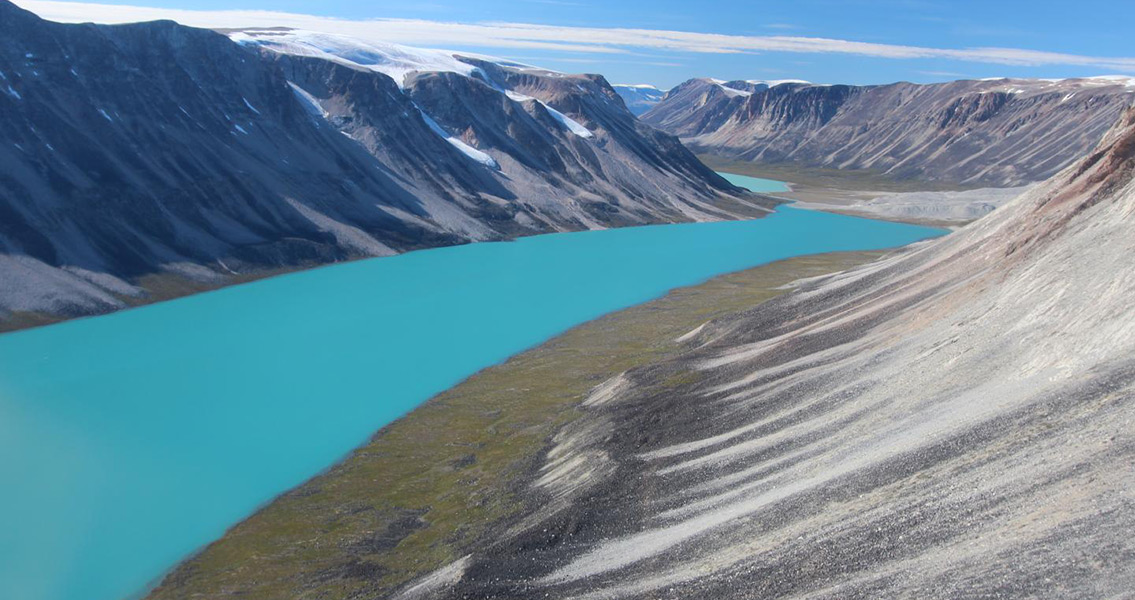<![CDATA[A new research study has put forward new evidence that the so-called “Medieval Warm Period” thought to have been experienced around the globe, was more local than previously thought. The study focused its particular lens on the Norse colonization of Greenland, thought to have been spearheaded by Erik the Red in the tenth century. Viking settlements in Greenland persisted for around four centuries before mysteriously dying out; prevailing thought has been that the establishment of the colony was due to the unseasonably warm weather brought about by the Medieval Warm Period, while its demise was due to the return of more frigid temperatures. The Medieval Warm Period and the cooling-off period known as the Little Ice Age are well documented in Europe, with the former running between circa 950 CE to 1250 CE and the latter lasting from approximately 1300 CE to 1850 CE. These dates closely mirror the rise and fall of Norse colonialism in Greenland. However, the new study, spearheaded by glacial geologist Nicolás Young from the Lamont-Doherty Earth Observatory at Columbia University, is one of many attempts to study the Medieval Warm Period that have discovered the event might have been primarily Eurocentric. In a press release published by the university, Young says that there is mounting evidence that the period of warm weather was indeed not global, and that the misconception stems from the fact that the best-known climate observations come from the European continent. In order to gain a better idea of what the climate was like in Greenland and its environs, researchers took samples of boulders left behind by glaciers that had advanced across southwest Greenland over the last 1,000 years. While the Little Ice Age and the glacial advances it triggered have largely destroyed any evidence of where these glaciers might have been during Norse habitation, Young and his research team have been able to locate the remains of more than one moraine, which is the debris heap left at the terminal point of a glacier’s advance. By analyzing the layout of these moraines, they were able to ascertain that they were present before the advances made during the Little Ice Age. Additionally, chemical analysis of the rocks was able to date associated glacial activity to between 975 CE and 1275 CE, squarely in the middle of Norse occupation of the region. In other words, it was cold when the Vikings arrived in Greenland, and it was still cold when they left. These new findings are in line with several other recent research studies that indicate the Medieval Warm Period was in fact not global, as previously thought. Some regions, such as central Eurasia and the northwestern regions of North America, might have actually undergone overall temperature drops during this time. For more information: www.advances.sciencemag.org Image courtesy of Jason Briner ]]>
Medieval Warm Period Not Global, Research Claims
